Omnichannel Inventory Management
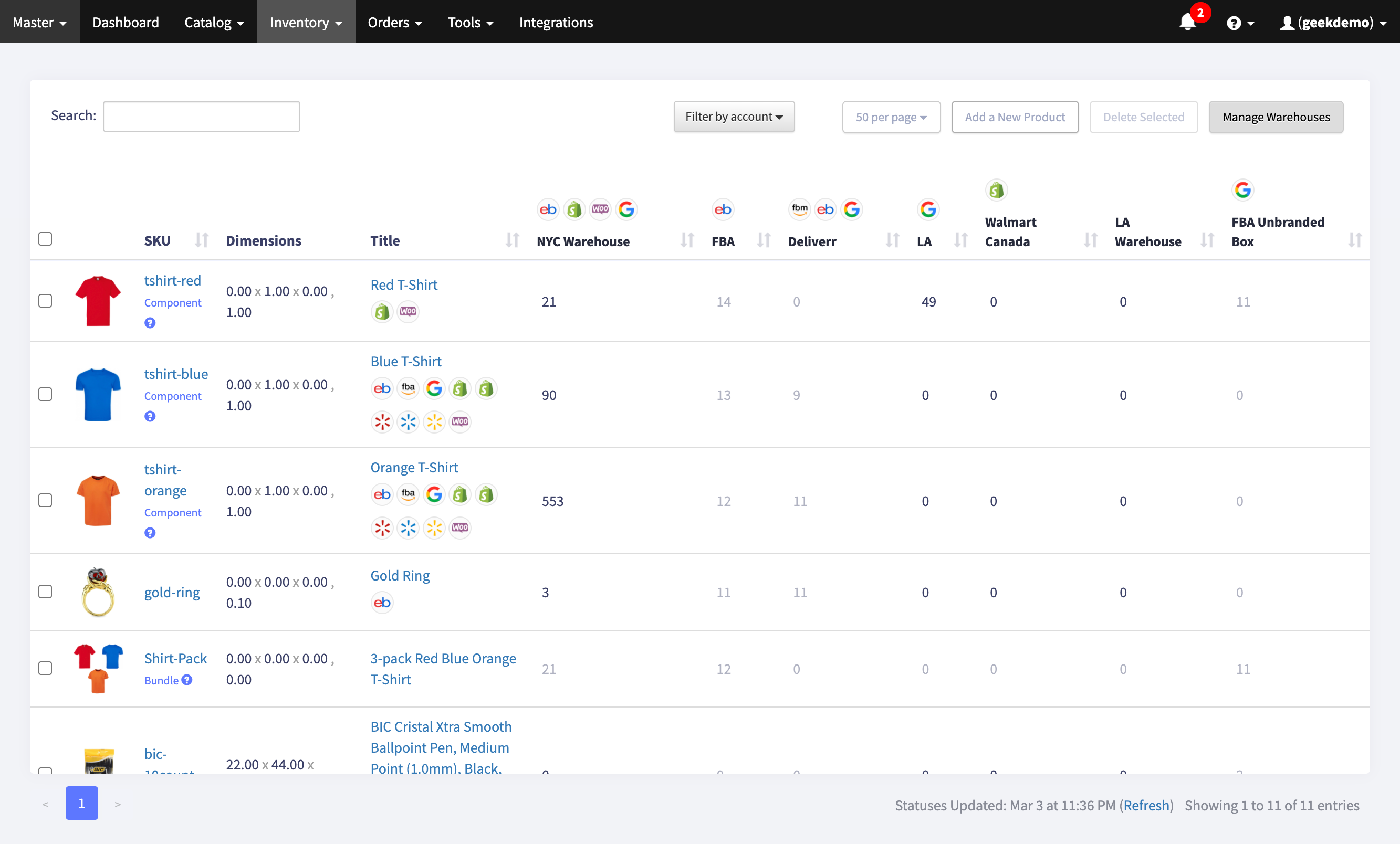
What is omnichannel inventory management?
GeekSeller’s Offering
External Source of Data
Many of our customers manage their inventory levels from their own systems and send the data to our system by uploading CSV files via FTP. Other sellers may prefer to manage inventory levels from other platforms, such as Shopify.
Using a different system to update your quantities has its cons, but we keep it as an option so that our customers can utilize our infrastructure to transfer inventory levels from one marketplace to another.
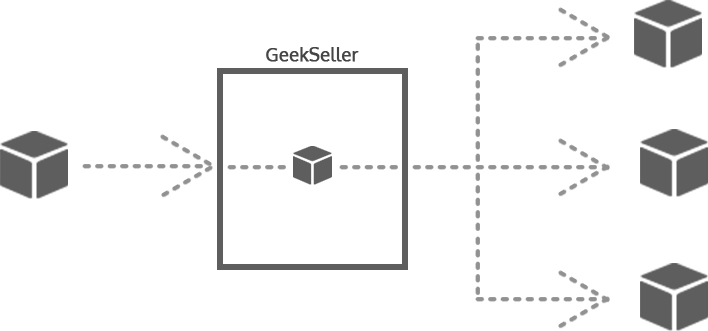
Multiple Sources to one Destination
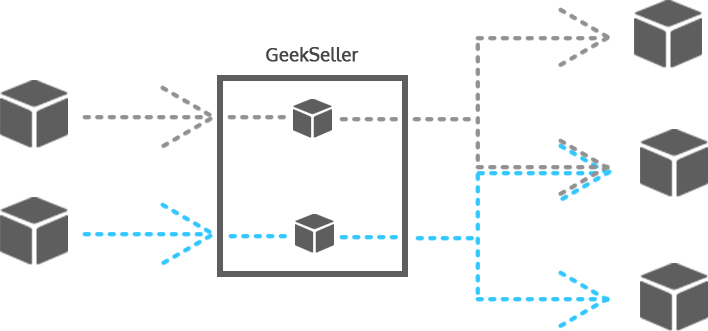
Multiple Sources of Data
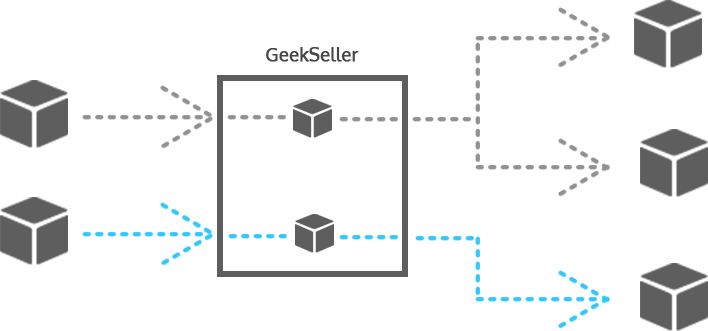
GeekSeller as the Source
When you manage your inventory changes from a different system, GeekSeller cannot update your quantities to account for orders that come in from other sources. It instead becomes the responsibility of the system to see orders from other marketplaces and adjust inventory levels accordingly.
The most common option is to choose GeekSeller as the main source of quantity data. In the example to the right, the user would see two ‘nodes’ in their GeekSeller Master Panel. Adjustments to inventory levels would be made from GeekSeller and sent out to all connected marketplaces.
This setup also allows us to see all orders that are placed across the connected marketplaces, enabling us to adjust quantities based on orders and then distribute the new values.
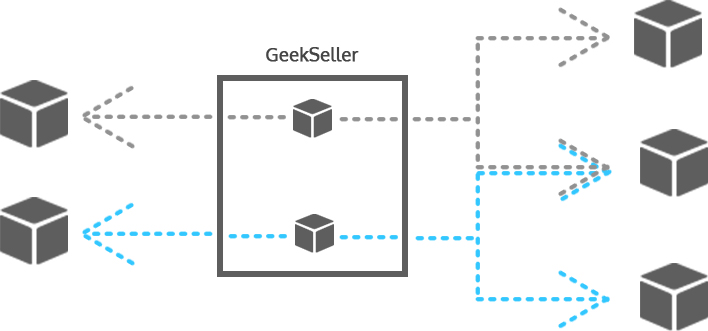
Rules
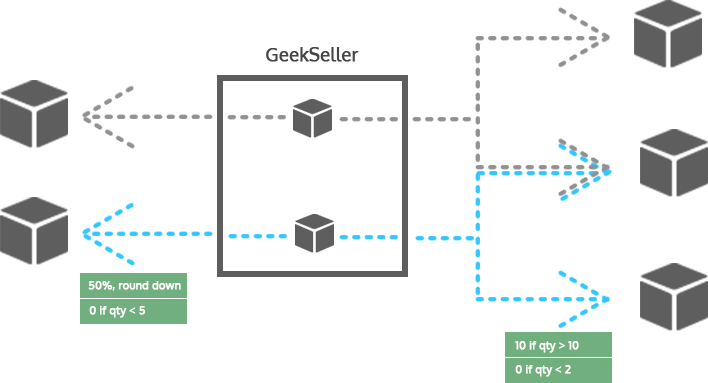
Flexibility
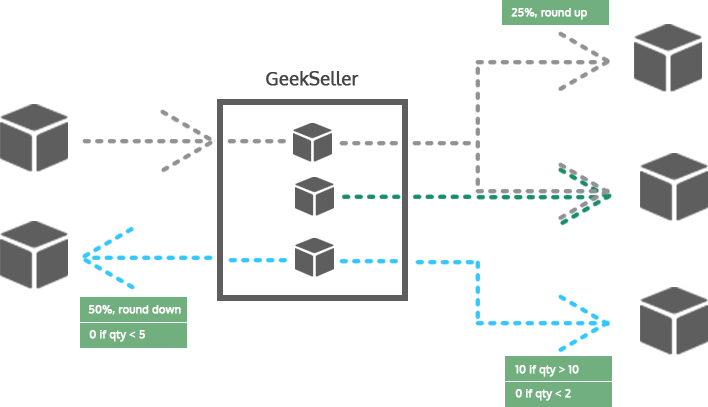
Let us show you around.
Comments are closed.









